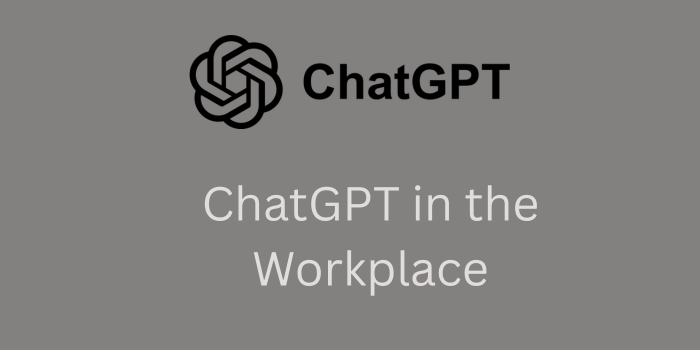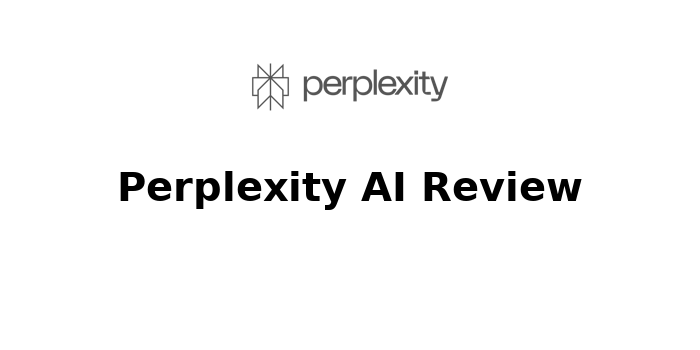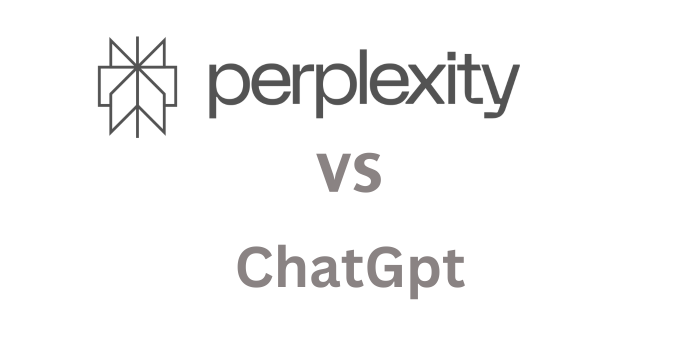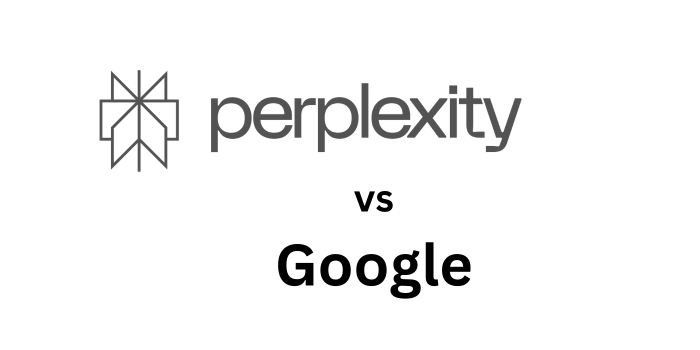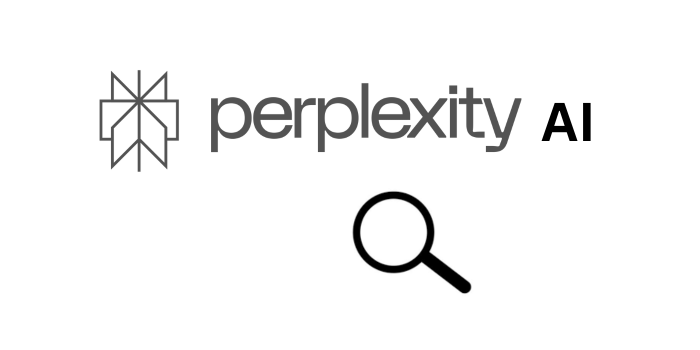AI is rapidly transforming how businesses operate, and one of the most widely adopted tools is ChatGPT. From customer support to content creation and even project management, ChatGPT is changing the dynamics of modern workplaces.
In this blog post, we’ll explore the benefits, risks, and best practices of using ChatGPT in the workplace. Whether you’re a small business owner or managing a large enterprise, understanding how to responsibly integrate ChatGPT can lead to significant productivity gains and smarter workflows.
1. What Is ChatGPT?
ChatGPT is an AI-powered chatbot developed by OpenAI. It’s based on the GPT (Generative Pre-trained Transformer) language model, capable of understanding and generating human-like responses.
Unlike traditional chatbots, ChatGPT can perform a variety of tasks such as:
- Drafting emails
- Writing code
- Summarizing reports
- Answering complex questions
- Generating content ideas
- Assisting with customer service
With its ability to process and produce natural language, ChatGPT is being increasingly used across diverse sectors.
2. Why ChatGPT Is Gaining Traction in the Workplace
Several factors contribute to ChatGPT’s growing popularity in the workplace:
- Time Efficiency: Automates repetitive tasks.
- Cost-Effectiveness: Reduces the need for manual labor in certain functions.
- Ease of Use: Accessible even for non-technical users.
- Scalability: Can be used across departments like HR, marketing, sales, and IT.
- Integration Capabilities: Easily integrated with Slack, Teams, CRMs, and more.
With remote work and hybrid environments becoming the norm, tools like ChatGPT help teams stay connected and productive.
3. Key Benefits of Using ChatGPT in the Workplace
Integrating ChatGPT into the workplace can transform how businesses operate daily. From automating repetitive tasks to enhancing communication and innovation, the tool offers versatile advantages that empower employees and improve overall efficiency.
a) Improved Productivity
ChatGPT automates tasks such as answering emails, writing meeting summaries, or generating reports—freeing employees to focus on strategic work.
b) Cost Reduction
Businesses can cut costs by automating routine queries, reducing the workload on human agents in customer support or administrative roles.
c) Enhanced Creativity
Marketing teams use ChatGPT to brainstorm ideas, write social media posts, and develop campaign strategies faster than ever before.
d) On-Demand Learning and Assistance
Employees can ask ChatGPT questions related to company policies, technical issues, or training materials, improving onboarding and continuous learning.
e) 24/7 Availability
Unlike human staff, ChatGPT can operate round the clock, which is useful for customer service or global teams across time zones.
4. Common Use Cases of ChatGPT at Work
Here are some real-world ways companies are using ChatGPT:
- Customer Support Automation: It can handle FAQs, troubleshoot problems, and escalate complex issues to human agents.
- Content Creation: Blog posts, product descriptions, emails, and social media content can be generated quickly.
- Data Summarization: Summarize lengthy documents, meeting notes, or research papers into digestible content.
- Coding and Debugging: ChatGPT can help developers with code generation, documentation, and even debugging.
- Recruiting and HR Support: Draft job descriptions, screen resumes, and help answer employee HR queries.
- Administrative Tasks: Generate reports, create project outlines, and write internal communications.
5. Risks and Challenges of ChatGPT in the Workplace
While ChatGPT offers numerous benefits, there are notable concerns and risks:
a) Data Privacy and Security
ChatGPT may process sensitive information. Without proper guardrails, there’s a risk of exposing confidential data.
Tip: Never input private or personally identifiable information (PII) unless using a secure, enterprise-grade version.
b) Inaccurate or Biased Output
ChatGPT doesn’t always get things right. It may generate incorrect, misleading, or biased responses if not properly supervised.
c) Overdependence
Relying too much on ChatGPT can reduce critical thinking or creative problem-solving within teams.
d) Intellectual Property Concerns
Content generated by AI may not always be original. Companies should ensure they have the rights to reuse or publish it.
e) Lack of Emotional Intelligence
Unlike human employees, ChatGPT lacks empathy. In sensitive scenarios, it may fail to understand nuances or context.
6. Best Practices for Using ChatGPT at Work
- Establish Clear Use Cases: Define where and how ChatGPT will be used: support, content, development, etc.
- Train Employees: Offer basic AI literacy and usage training so employees understand how to use the tool effectively and ethically.
- Create AI Usage Policies: Define what types of information can and cannot be input into ChatGPT. Set guidelines for review and human oversight.
- Use Enterprise-Grade Tools: For sensitive tasks, use platforms that offer data encryption, compliance support, and administrative controls.
- Review All Outputs: Ensure a human-in-the-loop process to validate ChatGPT’s responses before using them publicly or internally.
- Monitor for Bias and Misinformation: Encourage teams to double-check facts and flag problematic outputs.
7. Industries Where ChatGPT Is Making an Impact
- Healthcare: Used for appointment scheduling, patient FAQs, and summarizing medical records.
- Education: Assists with lesson plans, tutoring, and student support.
- Corporate Offices: Improves internal communications, report writing, and knowledge sharing.
- E-Commerce: Enhances product descriptions, chat support, and personalized recommendations.
- Marketing and Advertising: Generates campaign ideas, headlines, and ad copy in seconds.
8. The Future of AI Tools Like ChatGPT in Work Environments
The future of AI in the workplace is promising. As technology matures, we can expect:
- Smarter Integrations: Deeper connections with CRMs, ERPs, and productivity tools.
- Voice-Enabled Assistants: Integration with voice tools for hands-free operations.
- Multilingual Capabilities: Helping businesses expand into new markets.
- Hyper-Personalization: Adapting responses based on user behavior and preferences.
Regulations and ethical standards are also expected to evolve, ensuring safer and more transparent AI use at work.
9. Conclusion
ChatGPT has opened the door to a more efficient, creative, and responsive workplace. However, it’s essential to approach its use with caution, proper planning, and adherence to best practices.
By understanding both the benefits and risks, organizations can harness the power of ChatGPT to enhance productivity, streamline operations, and drive innovation.
